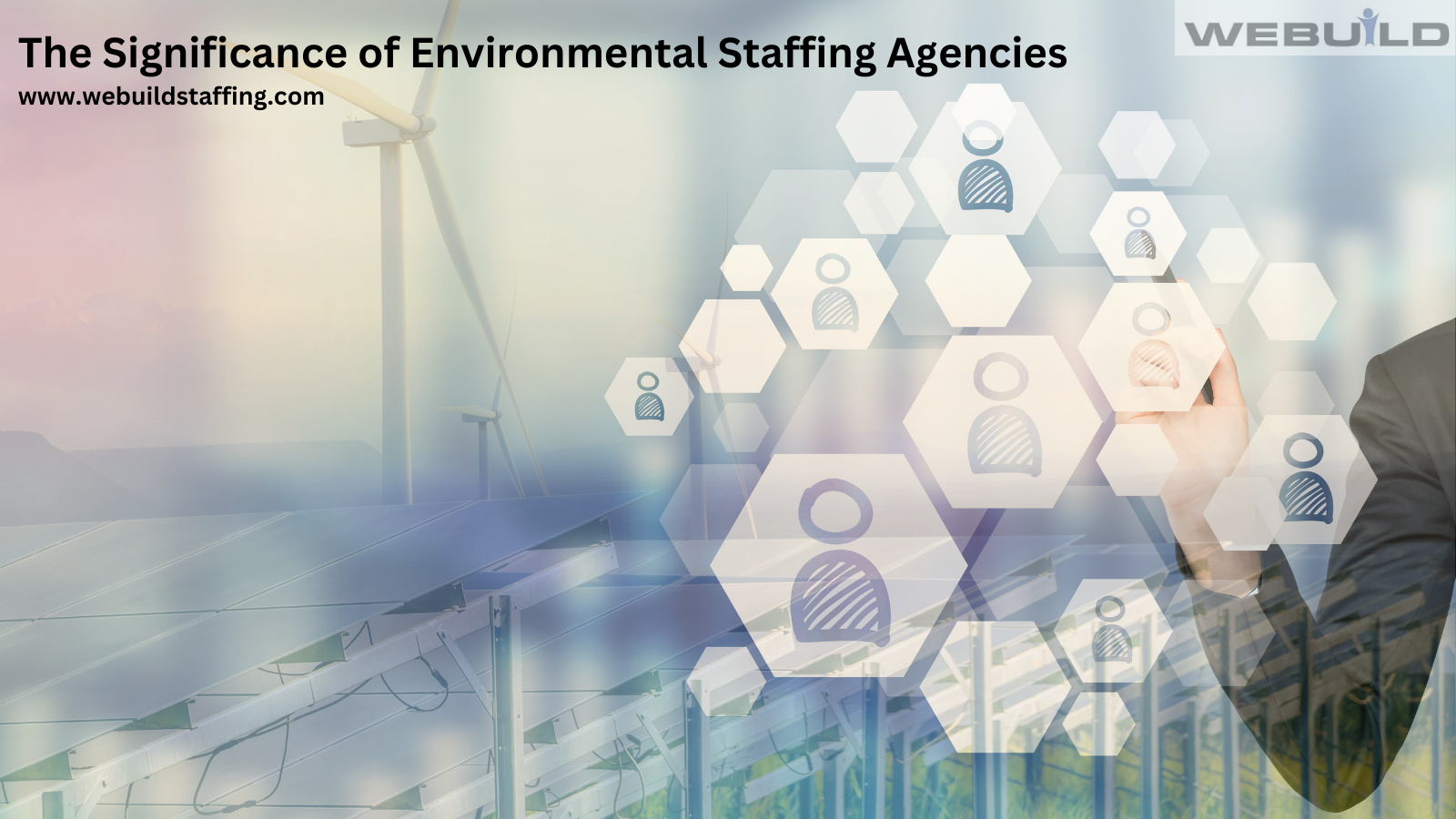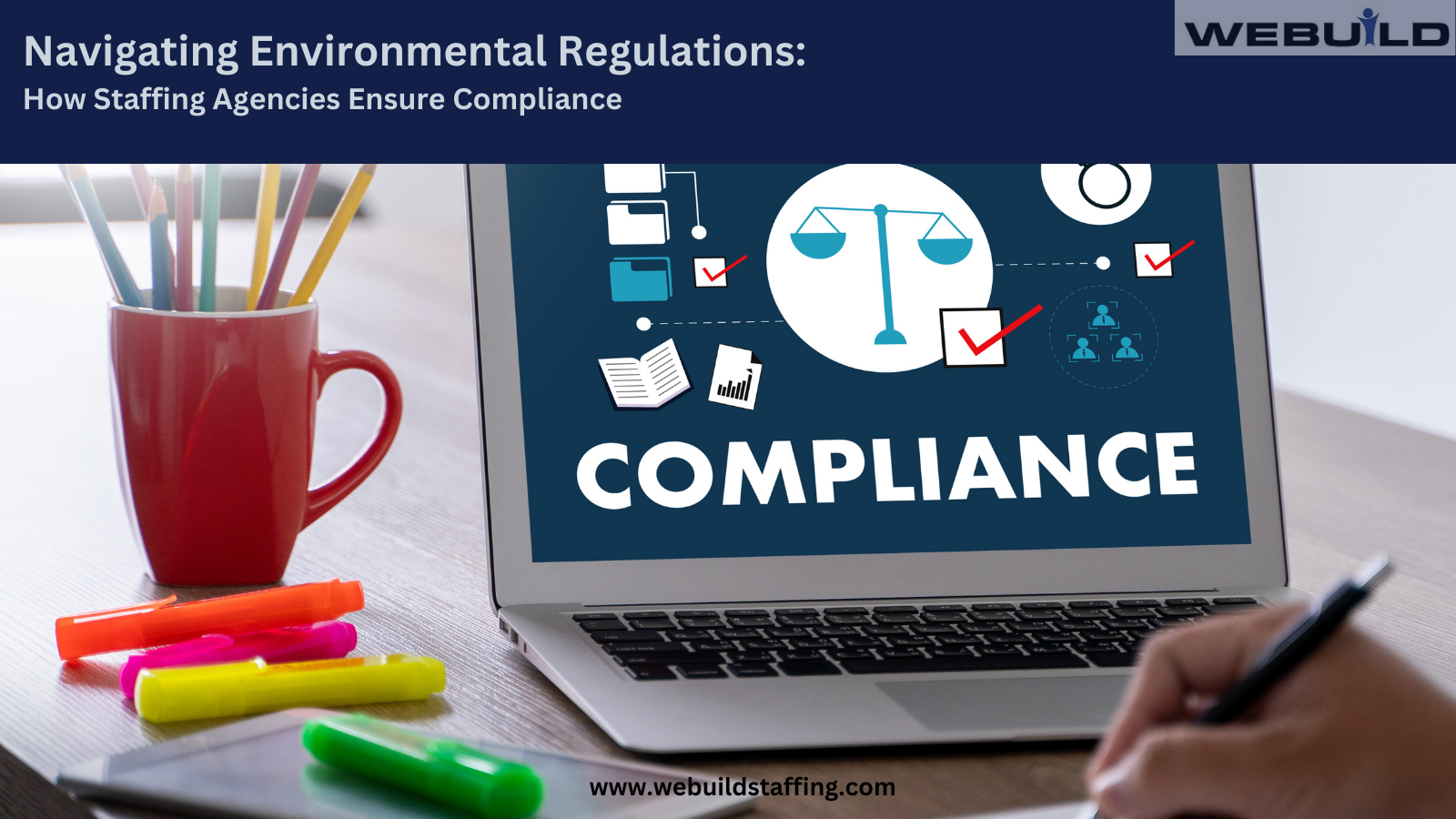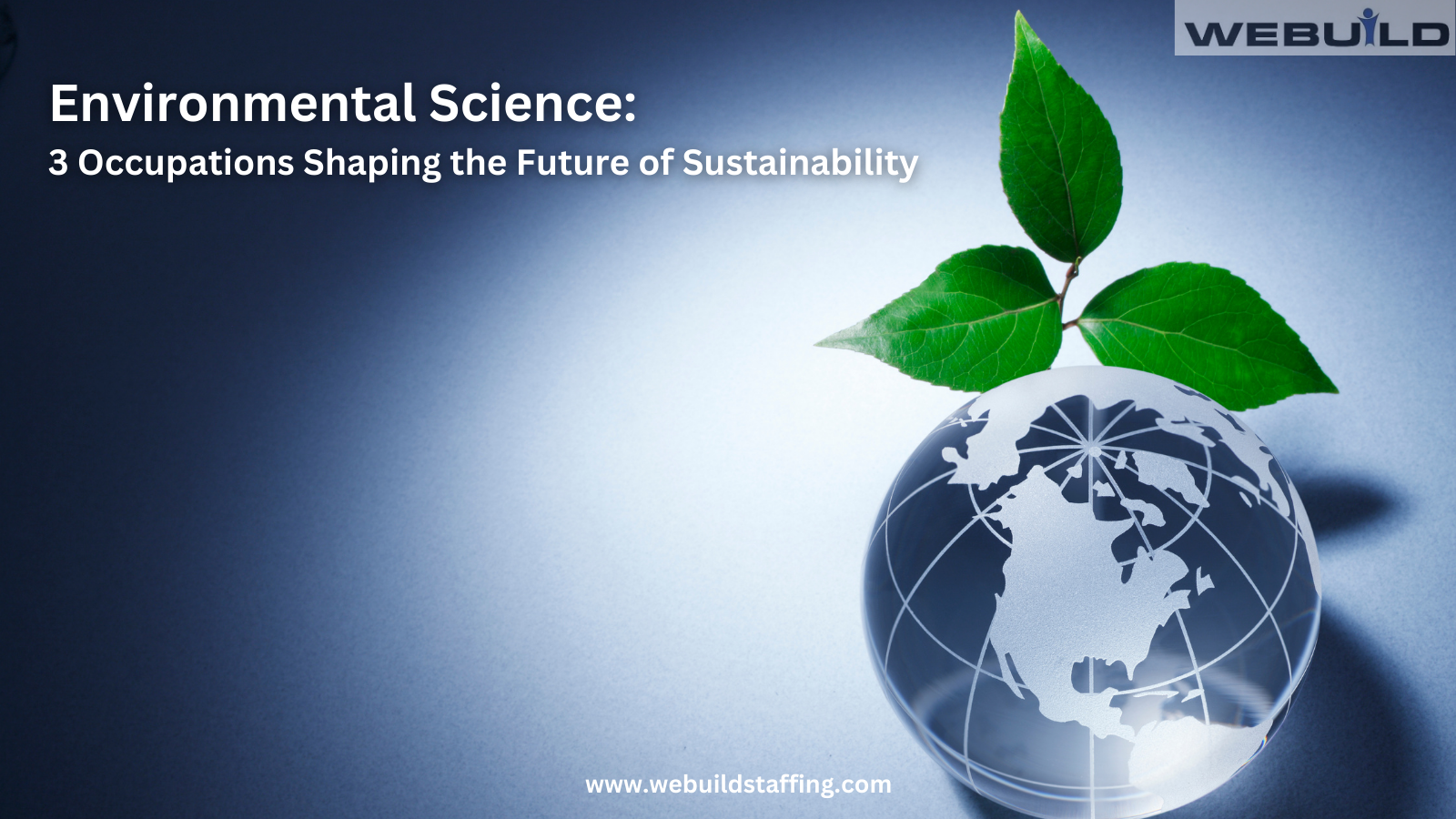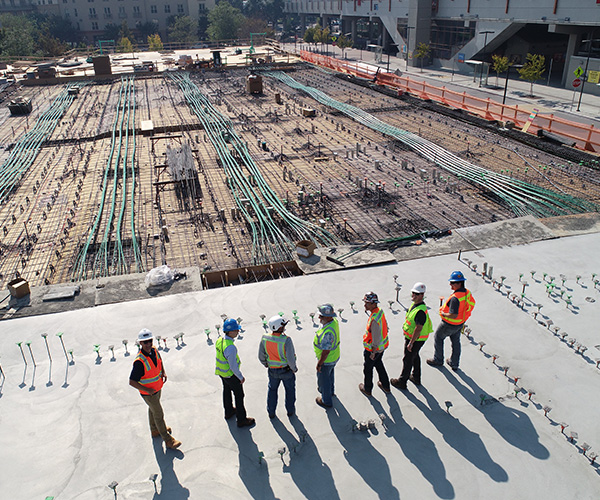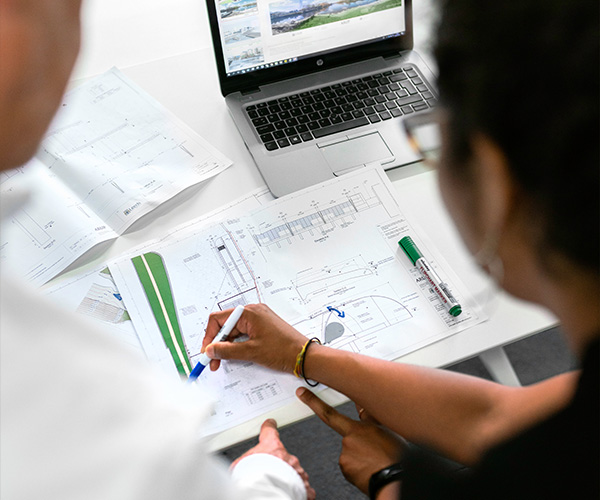Building a Culture of Safety: A Guide to Preventing Accidents on Construction Sites
WEBUILD STAFFING BLOG |
Building a Culture of Safety: A Guide to Preventing Accidents on Construction Sites
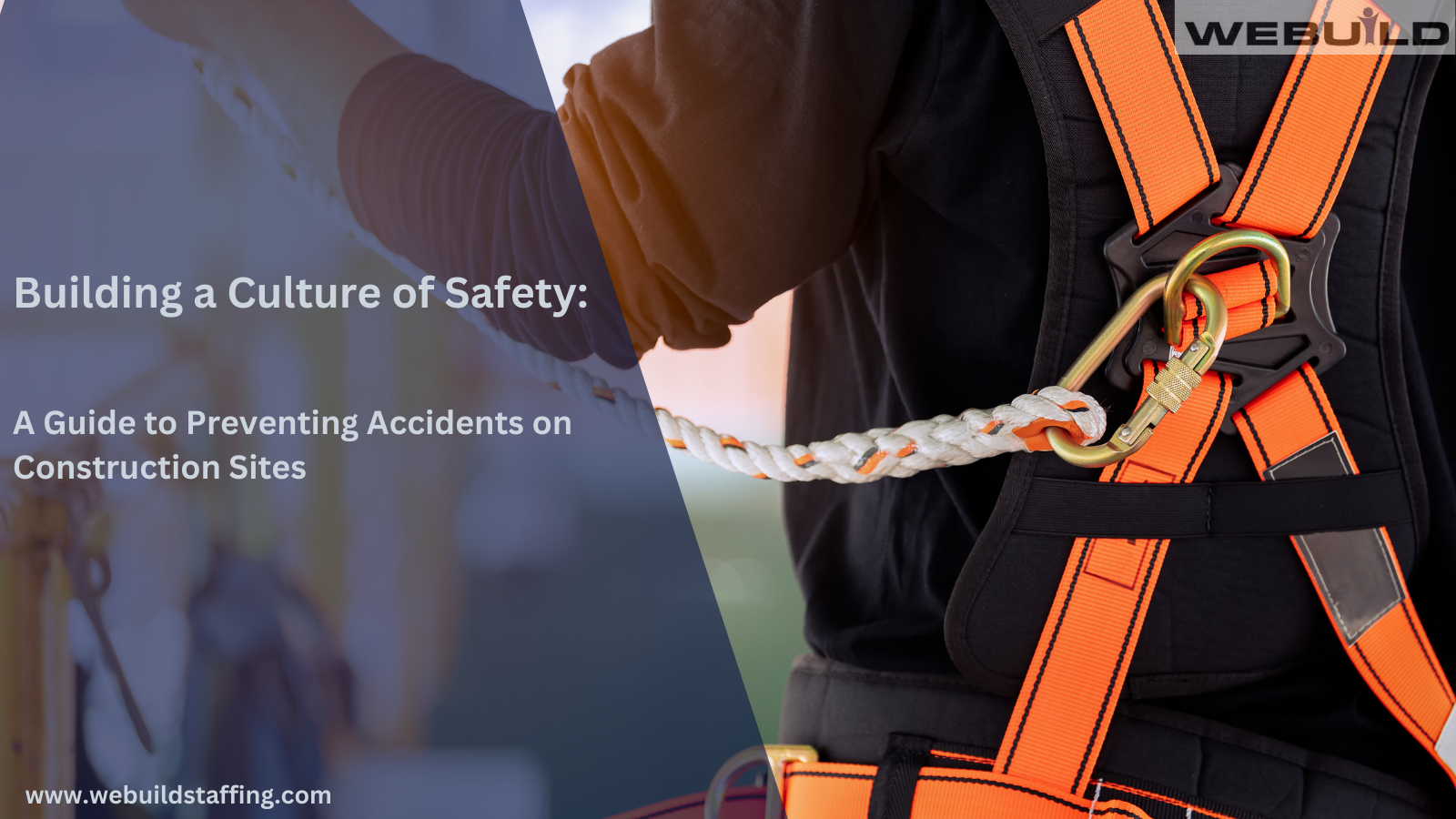
Construction sites are bustling hubs of activity, where skilled workers come together to build the structures that shape our world. However, amidst the noise and excitement, safety should always remain the top priority. Construction sites pose numerous hazards and risks, from falls and electrical shocks to crane accidents and chemical exposures. Lets explore the importance of building a safety culture on construction sites and provide practical tips and strategies for preventing accidents and injuries on the job site.
Understanding the Importance Building a Safety Culture on Construction Sites:
Safety is not just a legal requirement; it’s a moral imperative and a fundamental human right. Every worker has the right to a safe and healthy workplace, free from hazards and risks that could cause harm or injury. Construction safety is essential for protecting the well-being of workers, preventing accidents and injuries, and ensuring that construction projects are completed safely, on time, and within budget. In addition to the human cost, accidents and injuries can also have significant financial and reputational implications for construction companies, leading to lost productivity, increased insurance premiums, and damage to brand reputation.
Identifying Common Hazards on Construction Sites:
Construction sites are dynamic and ever-changing environments, with numerous hazards and risks that workers must navigate on a daily basis. Some of the most common hazards on construction sites include:
-
Falls: Falls from heights are one of the leading causes of injury and death in the construction industry, often resulting from inadequate fall protection measures, unstable scaffolding, or unguarded edges.
-
Struck-by and Caught-in/Between Hazards: Struck-by and caught-in/between accidents occur when workers are struck by moving objects, such as falling tools or materials, or caught in or between machinery or equipment.
-
Electrocution: Electrocution hazards arise from contact with live electrical wires, overhead power lines, or faulty electrical equipment, posing a serious risk of electric shock or electrocution.
-
Hazardous Materials: Construction sites may contain hazardous materials, such as asbestos, lead, and chemicals, which can pose health risks if not handled and disposed of properly.
Strategies for Preventing Accidents on Construction Sites:
Preventing accidents on construction sites requires building a safety culture that is a proactive and comprehensive approach to safety management. Some strategies for preventing accidents and injuries on construction sites include:
-
Conducting Risk Assessments: Before starting work on a construction site, it’s essential to conduct a thorough risk assessment to identify potential hazards and risks and develop strategies for mitigating them.
-
Providing Training and Education: All workers should receive comprehensive training on construction safety practices, including proper use of personal protective equipment (PPE), safe work procedures, and emergency response protocols.
-
Implementing Safety Policies and Procedures: Construction companies should establish clear and enforceable safety policies and procedures to ensure that workers understand their responsibilities and follow safe work practices at all times.
-
Providing Personal Protective Equipment (PPE): Personal protective equipment, such as hard hats, safety goggles, gloves, and steel-toed boots, should be provided to workers and worn as required to protect against common hazards and injuries.
-
Promoting a Culture of Safety: Safety is everyone’s responsibility, from senior management to frontline workers. Construction companies should foster a culture of safety by promoting open communication, encouraging workers to report safety concerns, and recognizing and rewarding safe behavior.
-
Conducting Regular Inspections and Audits: Regular inspections and audits of construction sites are essential for identifying hazards, assessing compliance with safety regulations, and implementing corrective actions to address deficiencies.
Harnessing Technology for Construction Safety:
Technology can play a crucial role in enhancing construction safety, providing innovative solutions for identifying, monitoring, and mitigating safety risks on construction sites. Some examples of technology solutions for construction safety include:
-
Wearable Technology: Wearable devices, such as smart helmets, vests, and glasses, can monitor workers’ vital signs, detect hazardous conditions, and provide real-time alerts and notifications to prevent accidents and injuries.
-
Drone Technology: Drones equipped with cameras and sensors can conduct aerial surveys of construction sites, identify potential hazards, and monitor progress and safety compliance from a safe distance.
-
Building Information Modeling (BIM): BIM software enables construction companies to create digital models of construction projects, simulate construction sequences, and identify potential safety hazards and conflicts before they occur.
-
Internet of Things (IoT) Sensors: IoT sensors installed on construction equipment and machinery can collect data on equipment usage, performance, and maintenance, enabling predictive maintenance and reducing the risk of equipment failure and accidents.
Construction safety is a shared responsibility that requires a proactive and collaborative effort from all stakeholders, including employers, workers, regulators, and industry organizations. By understanding the importance of building a safety culture for construction, identifying common hazards, implementing proactive safety measures, and harnessing technology for safety management, construction companies can create safer and healthier workplaces, prevent accidents and injuries, and ensure the successful completion of construction projects. Together, we can build a culture of safety that protects the well-being of construction workers and promotes a sustainable future for the construction industry.
Webuild Staffing Agency is a leading executive search and staffing agency dedicated to the construction, engineering and environmental industries. To learn more please visit: www.webuildstaffing.com


